The patter of raindrops on leaves, the fresh scent of wet earth, and the sudden quieting of the world create a unique atmosphere for birdwatching. While many outdoor enthusiasts pack away their binoculars when storm clouds gather, experienced birders know a surprising secret: rainy days can offer exceptional bird sighting opportunities. Contrary to popular belief, not all birds seek complete shelter during precipitation. Some species become notably more visible, venturing into open areas or displaying behaviors rarely observed in dry conditions. This fascinating phenomenon occurs for numerous ecological, behavioral, and survival-related reasons. As we explore why certain birds are easier to spot during rainfall, we’ll uncover the intricate relationships between weather patterns and avian behavior that make rainy-day birdwatching a rewarding experience for those willing to brave the elements.
The Ecological Impact of Rain on Bird Behavior

Rain fundamentally alters the immediate ecosystem, triggering cascading effects throughout the avian community. When precipitation begins, the entire ecological dynamic shifts—insect behavior changes, plant surfaces transform, and the soundscape of the environment is drastically modified. Birds, being highly responsive to these environmental cues, adjust their behaviors accordingly, often in ways that make them more conspicuous to human observers. Some species that typically remain hidden within dense foliage will move to more exposed perches to shake water from their feathers or to better monitor their surroundings when acoustic signals become muffled by rainfall. Additionally, the dampening effect of rain on background noise can make birds rely more heavily on visual communication and positioning, further increasing their visibility during wet weather.
Insect Activity During Rainfall Draws Out Birds
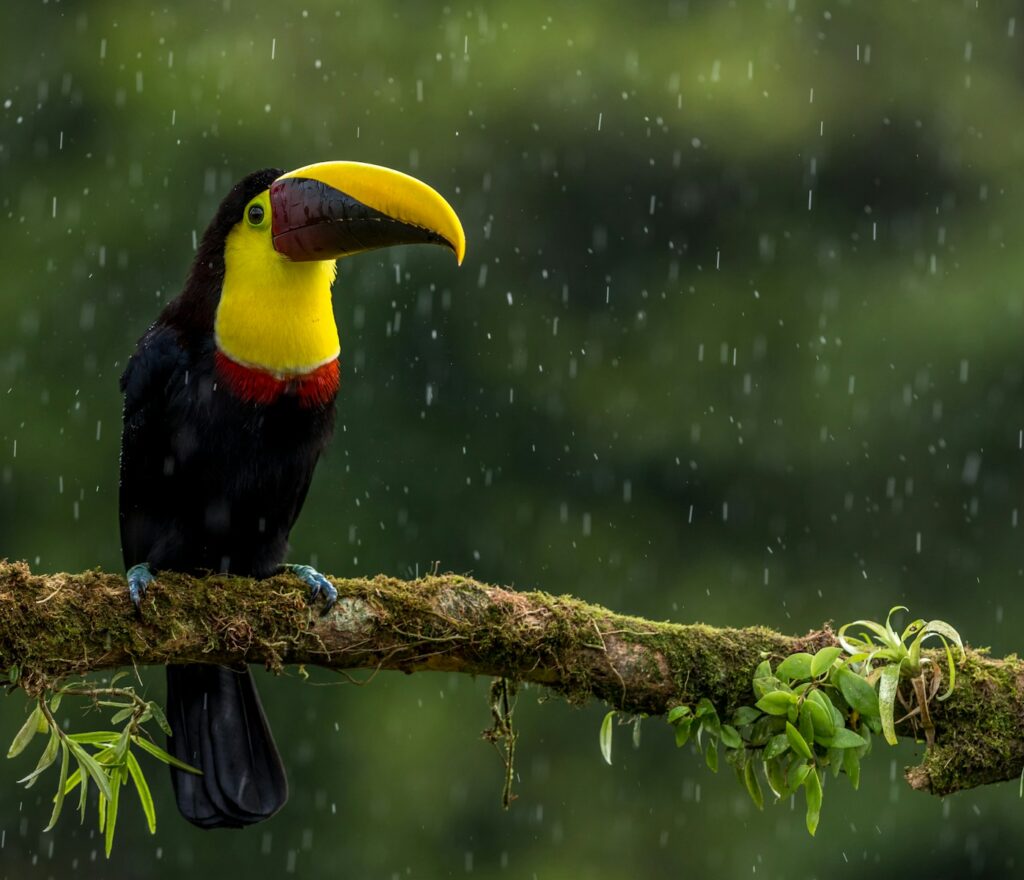
One of the primary reasons certain birds become more visible during rain is the dramatic change in insect behavior that accompanies precipitation. Many flying insects are forced lower to the ground during light to moderate rainfall, creating a temporarily abundant and accessible food source for insectivorous birds. Species like swallows, swifts, and flycatchers may actually increase their foraging activity during gentle rain showers, swooping visibly through open areas to catch insects struggling in the precipitation. Some ground-feeding birds like robins and thrushes become notably more active as earthworms surface to avoid drowning in their flooded tunnels. This concentration of feeding activity in more exposed areas makes these birds significantly easier to observe than during dry conditions, when prey may be more evenly distributed and birds can forage in more concealed locations.
Water-Resistant Adaptations of Certain Bird Species
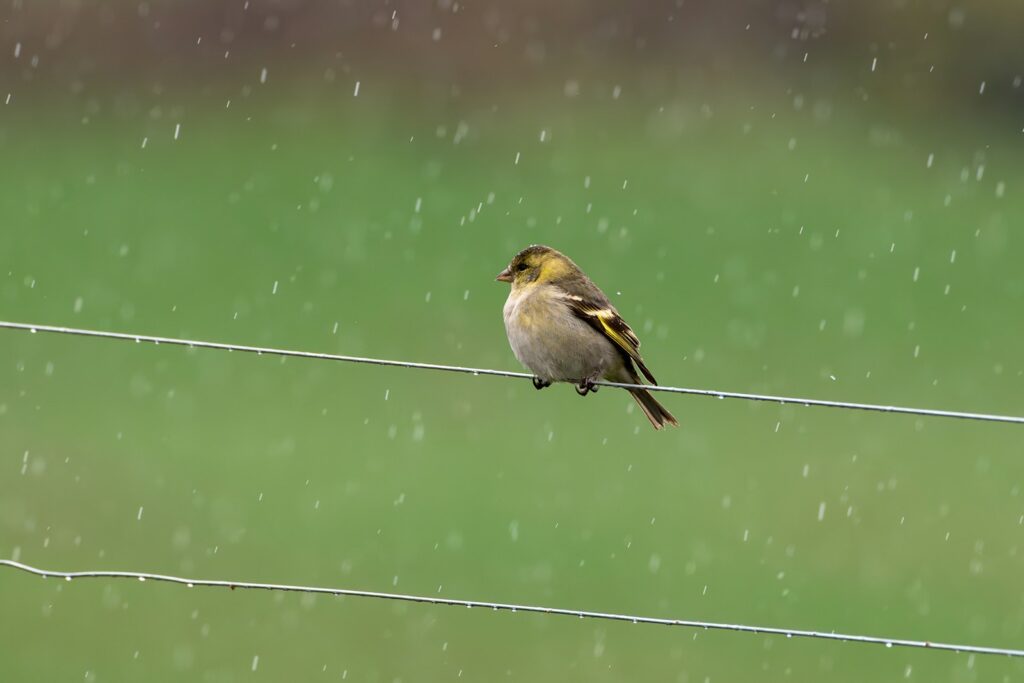
Not all birds respond to rainfall in the same way, largely due to variations in their physical adaptations for water resistance. Species with highly water-resistant plumage, such as ducks, geese, and many seabirds, possess specialized feather structures and preen glands that produce oils to create an effective waterproof barrier. These adaptations allow them to remain active during precipitation with minimal discomfort or energy expenditure, making them proportionally more visible when other less-adapted species seek shelter. Waterfowl may actually increase their activity during rain as they take advantage of newly formed puddles and water features in their environment. Their comfort in wet conditions means they continue normal behaviors while many songbirds retreat, creating a visibility contrast that favors aquatic and semi-aquatic species during rainfall.
Reduced Competition in Open Spaces
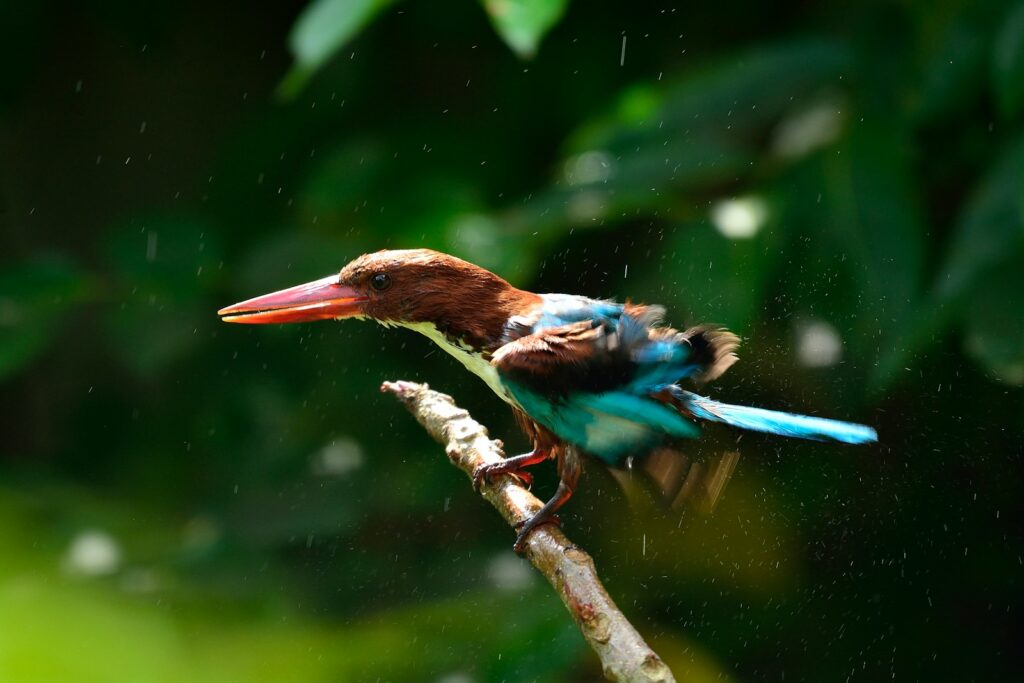
Rain creates a temporary ecological vacuum in certain habitats, particularly open fields and meadows, as less water-tolerant species retreat to denser cover. This reduction in competition allows certain opportunistic bird species to exploit resources with less interference from potential competitors. Birds that are more tolerant of wet conditions, such as certain corvids (crows and ravens), some raptors, and various water-adapted species, will take advantage of this reduced competition to feed in exposed areas where they can be easily spotted by birdwatchers. The temporary absence of more numerous species can make these rain-tolerant birds stand out dramatically against the wet landscape. Moreover, some birds that typically avoid areas with high interspecific competition will specifically emerge during rainfall to utilize resources they might otherwise avoid, creating unique viewing opportunities for observant naturalists.
Thermoregulation Challenges in Rainfall
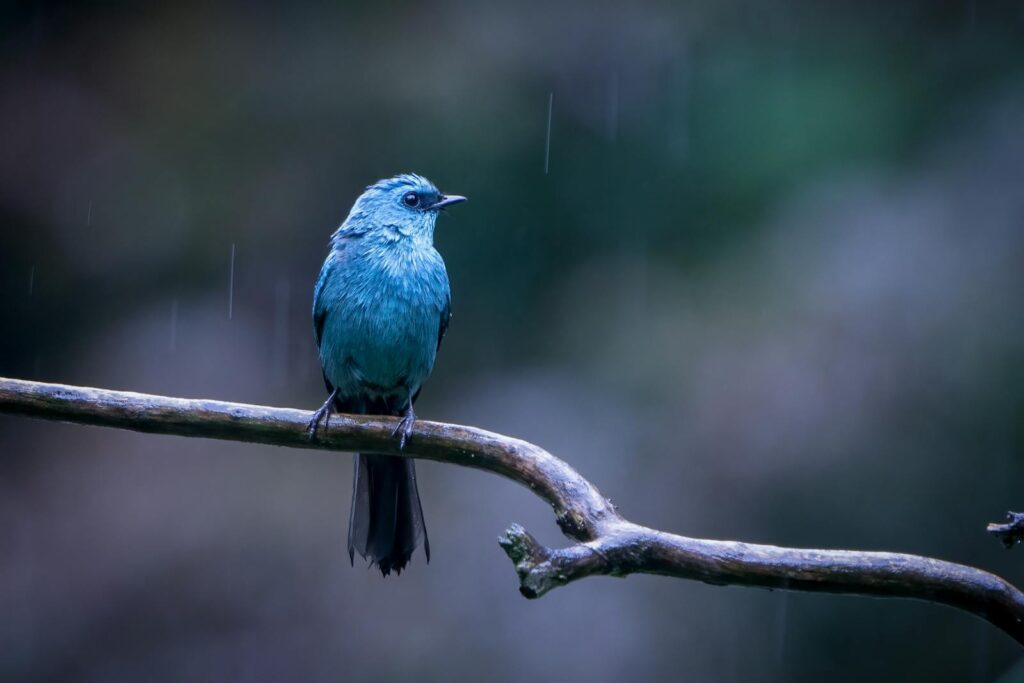
Precipitation presents significant thermoregulation challenges for birds, forcing them to adopt visible behaviors to maintain body temperature. Small passerines, in particular, must work actively to prevent heat loss during rainfall, as their high surface-area-to-volume ratio makes them vulnerable to rapid cooling. These birds often position themselves in more exposed locations where they can periodically shake water from their feathers, preen to realign water-repellent structures, or engage in sunning behaviors during brief breaks in the rain. Such maintenance activities typically occur on exposed branches, fence posts, or other prominent perches, making the birds much easier to observe than during their normal routines. Additionally, some species will fluff their feathers to trap insulating air or adopt distinctive postures to minimize water contact with vulnerable body parts, creating unusual and easily identifiable silhouettes against the rain-darkened environment.
Predator Avoidance Strategies During Precipitation

Rainfall significantly impacts predator-prey dynamics in the avian world, often in ways that increase bird visibility. Many aerial predators like hawks and falcons hunt less effectively during rain, as precipitation interferes with their vision and flight capabilities. Knowing this instinctively, smaller birds may feel safer venturing into open areas during light rainfall, correctly calculating that the risk from aerial predation is temporarily reduced. Ground predators like cats and foxes also typically reduce their hunting activity during wet weather, further altering the risk assessment calculations for many bird species. These temporarily safer conditions allow birds to forage in more exposed locations or travel between shelter sites with less caution than they would exhibit during dry conditions, making them easier to spot for human observers who brave the elements.
Territorial and Social Behavior Modifications

Rain often triggers fascinating changes in the territorial and social behaviors of many bird species, increasing their detectability in unexpected ways. During light to moderate rainfall, some territorial birds will take advantage of reduced background noise to amplify their vocal presence, perching in prominent locations to broadcast songs and calls that carry efficiently through the moisture-laden air. Social species that typically forage in loose associations may form tighter, more visible groups during rain to leverage collective vigilance against predators while navigating challenging conditions. Some colonial nesters and communal roosting species will engage in more concentrated activity around their colony sites during rainfall, as individuals return to shelter or reposition themselves for optimal protection. These behavioral adaptations frequently result in birds aggregating in conspicuous locations or engaging in more obvious movement patterns that catch the attention of observant birdwatchers.
Post-Rain Feeding Frenzies
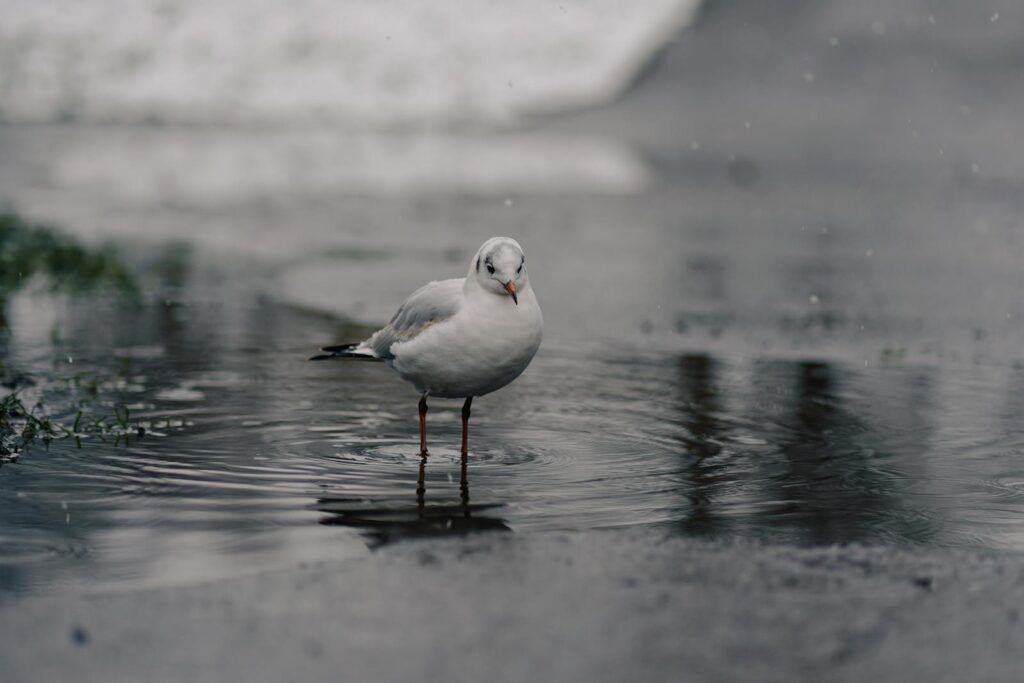
The period immediately following rainfall offers some of the most productive birdwatching opportunities, as many species emerge to engage in intense feeding activity. This post-rain phenomenon occurs because precipitation creates a temporary abundance of accessible food resources – insects emerge from hiding, earthworms surface, seeds become more detectable, and plants release fresh nutrients. Birds recognize this fleeting opportunity and respond with heightened foraging activity, often in more exposed locations than they would typically utilize. Species that remained relatively hidden during the rainfall suddenly become highly visible as they rush to capitalize on the brief window of resource availability. The contrast between their subdued behavior during the rain and their energetic emergence afterward creates a dramatic shift in detectability that attentive birdwatchers can anticipate and position themselves to observe.
Bathing and Preening Behaviors
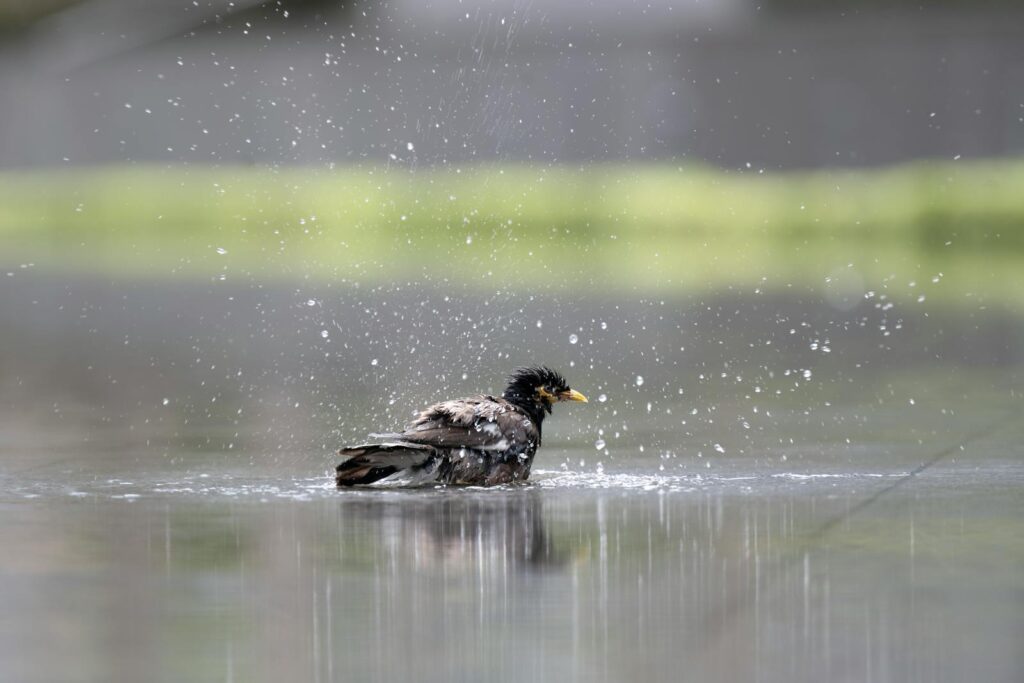
Rainfall provides birds with natural bathing opportunities that prompt them to engage in highly visible maintenance behaviors. Many species that might normally visit secluded water sources for bathing will instead conduct their ablutions in open areas during or immediately after rain, spreading their wings, flapping vigorously, and performing elaborate feather-care rituals. These bathing displays often occur on exposed branches, in puddles on open ground, or even on human structures like birdbaths and gutters, making the birds much easier to observe than during their routine activities. The subsequent preening sessions, where birds meticulously realign feather barbules and distribute protective oils, typically take place in relatively unprotected locations where birds can fully extend their wings and access all parts of their plumage. This essential maintenance work can occupy birds for extended periods, creating excellent viewing opportunities for patient observers.
The Visibility Advantage of Wet Plumage
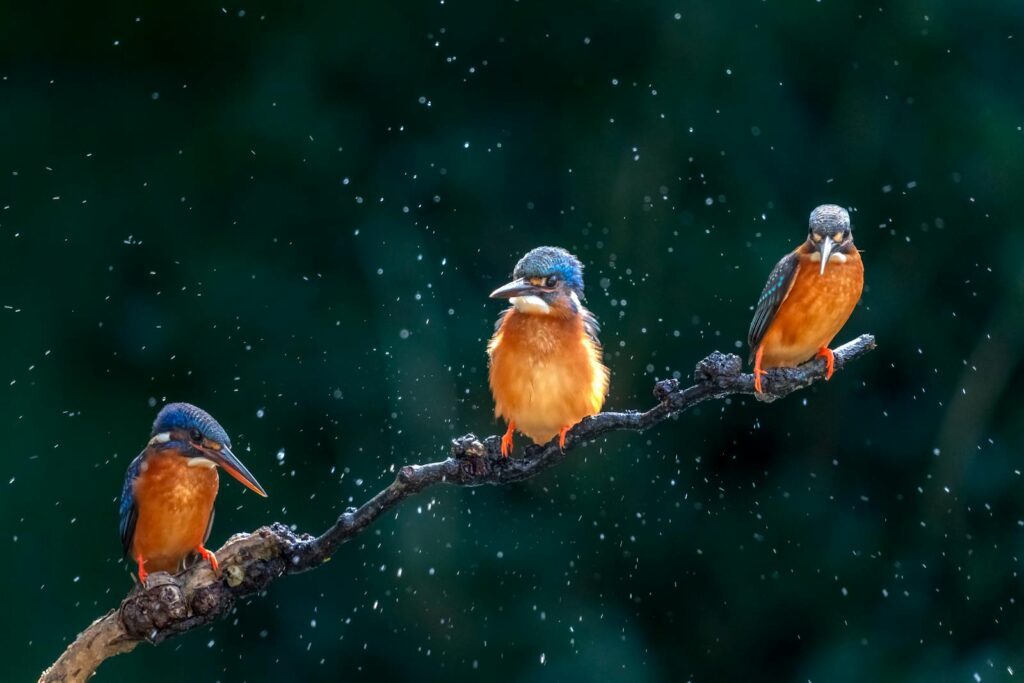
Counterintuitively, rainfall can actually enhance the visual prominence of many bird species through its physical effects on their plumage. When feathers become dampened, colors often appear more saturated and contrasting patterns more defined as the water enhances the structural and pigment-based color elements. This “wet look” can make ordinarily subtle field markings suddenly pop with unexpected clarity, aiding in the identification and appreciation of species that might blend into their surroundings when dry. Certain iridescent feathers, like those found on starlings, grackles, and some hummingbirds, can become especially dramatic when wet, as the moisture intensifies the structural color effects that create their distinctive shimmer. Additionally, wet plumage often causes birds to appear slightly larger or differently shaped than their dry counterparts, creating distinctive silhouettes that experienced birders learn to recognize even at considerable distances through rain-fogged optics.
Best Practices for Rainy Day Birdwatching
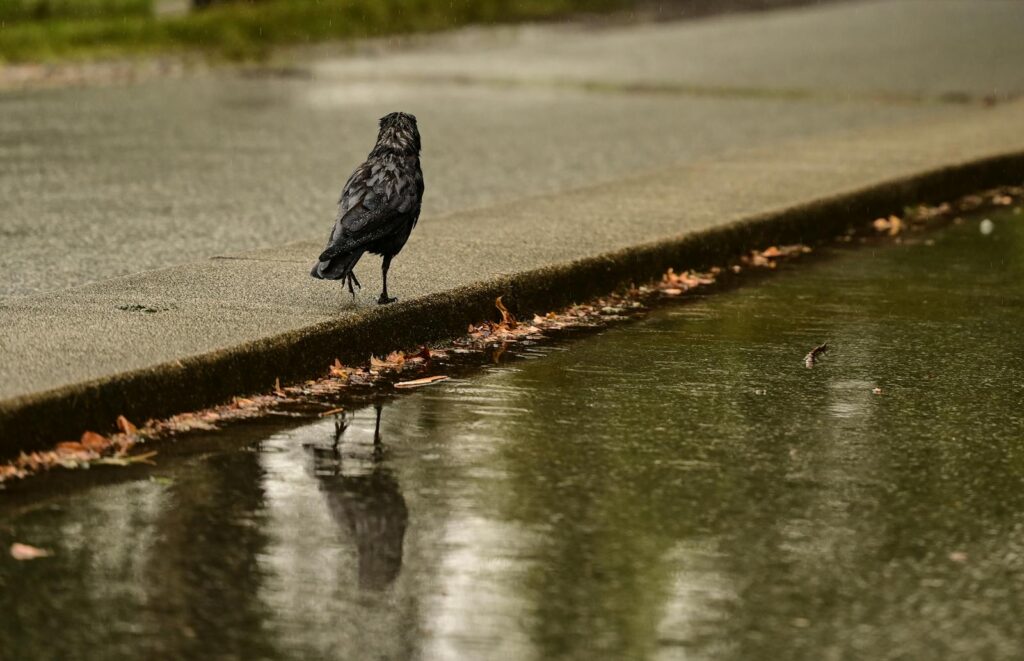
To maximize bird sightings during rainy conditions, birdwatchers should adapt their techniques and expectations to the unique opportunities presented. Light to moderate rainfall generally provides better viewing conditions than heavy downpours, as birds remain more active when not being bombarded by intense precipitation. Focusing observation efforts on habitat edges, such as the borders between forests and fields or along wetland margins, often yields the most sightings as birds move between sheltered areas and feeding grounds. Equipment considerations become crucial in wet weather – quality waterproof binoculars, rain covers for cameras, and moisture-resistant field guides are essential tools for the prepared rainy-day birder. Patience becomes even more important than during fair-weather birdwatching, as birds may emerge from shelter in unpredictable pulses of activity that reward the observer who waits quietly rather than continuously moving through the habitat.
Seasonal Variations in Rain Response
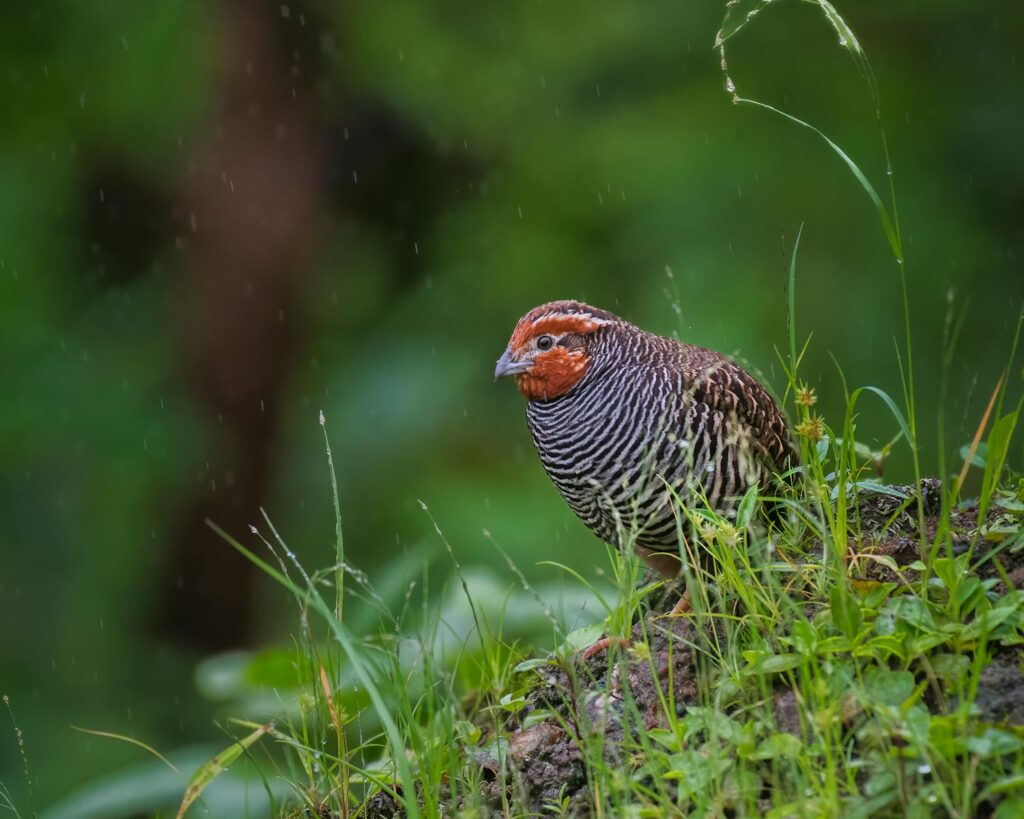
Birds’ reactions to rainfall vary significantly across seasons, creating different viewing opportunities throughout the year. During breeding season, nesting obligations may force parent birds to forage more actively during rain to meet the constant nutritional demands of growing nestlings, making normally secretive species visible as they prioritize feeding trips over personal safety. Migrating birds caught in rainfall often pause their journeys and concentrate in accessible habitats, creating temporary hotspots where unusual species can be observed at close range. Winter rain presents unique viewing opportunities in temperate regions, as precipitation that remains liquid rather than falling as snow creates critical access to food and water resources that draw birds to exposed locations. Recognizing these seasonal patterns allows strategic birdwatchers to anticipate which species might be more visible during rainfall at different times of year, targeting their observation efforts for maximum success.
Notable Rain-Loving Bird Species
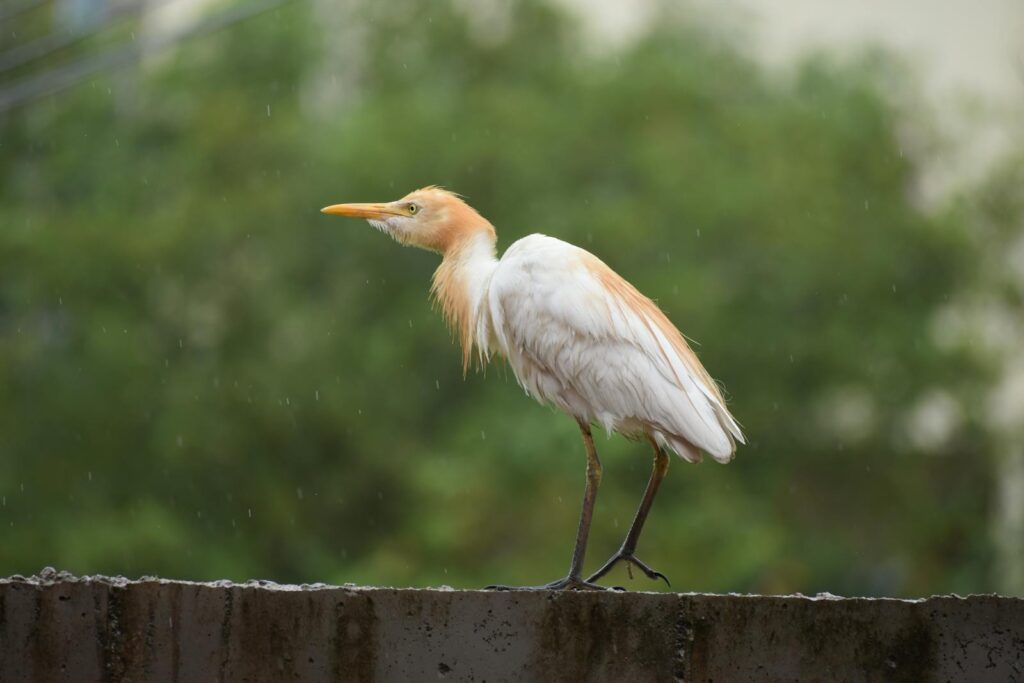
Several bird species are particularly well-known for their increased visibility and activity during rainy conditions. American Robins become strikingly apparent during and after rainfall as they hunt for earthworms that surface to avoid drowning in their flooded tunnels, often feeding actively in open lawns and fields regardless of precipitation intensity. Great Blue Herons frequently exhibit enhanced hunting success during rain, becoming more conspicuous as they abandon their usual statue-like stillness for more active stalking behaviors to capitalize on rain-affected prey movement. Killdeer and other plovers often increase their activity on wet mudflats and temporarily flooded areas, running and feeding energetically where rainfall has concentrated invertebrate prey near the surface. Swallows and swifts demonstrate remarkable adaptability to light rain, continuing to hunt flying insects pushed lower by precipitation and creating spectacular aerial displays as they swoop and dive through moisture-laden air, providing birdwatchers with dynamic views of these aerial specialists performing in conditions that ground many other avian species.
Conclusion
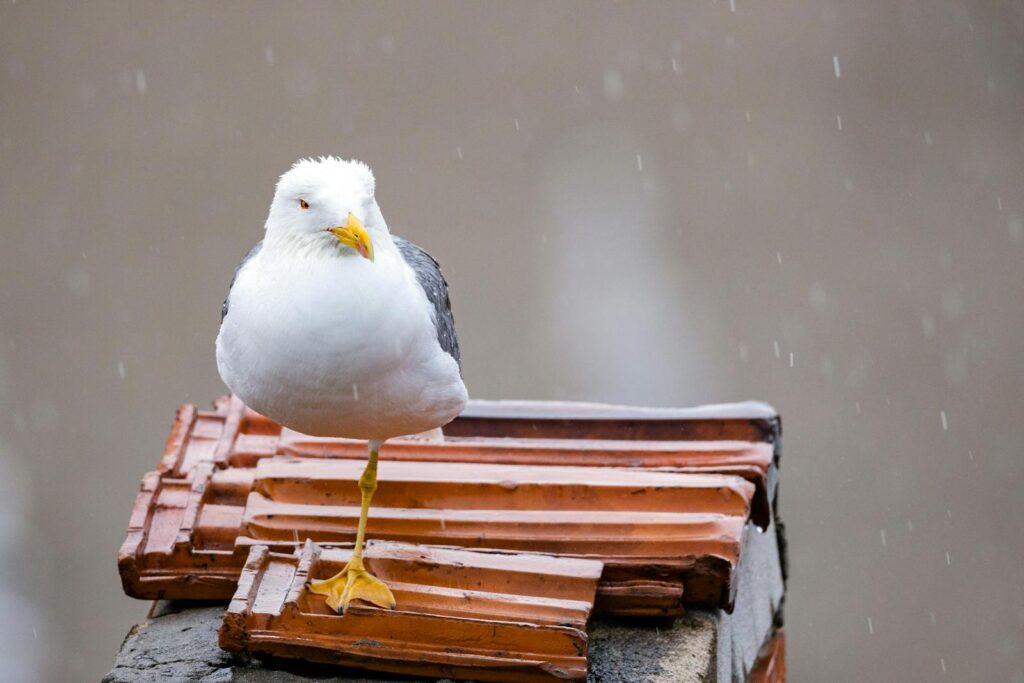
Rain transforms the birdwatching landscape in ways that create unique viewing opportunities for those willing to venture out in less-than-ideal weather. The ecological shifts triggered by precipitation—from altered insect behavior to reduced predation risk—temporarily reshape bird activity patterns and often bring typically elusive species into plain sight. While heavy downpours may indeed drive most birds to shelter, light to moderate rainfall creates a different world where water-adapted species thrive, feeding opportunities concentrate, and behavioral changes make many birds more detectable than during fair weather. Understanding these patterns allows observant naturalists to experience avian behavior that fair-weather birdwatchers might never witness. So the next time rain clouds gather, consider grabbing waterproof gear instead of abandoning your birdwatching plans—you might be rewarded with some of your most memorable and instructive bird encounters.
